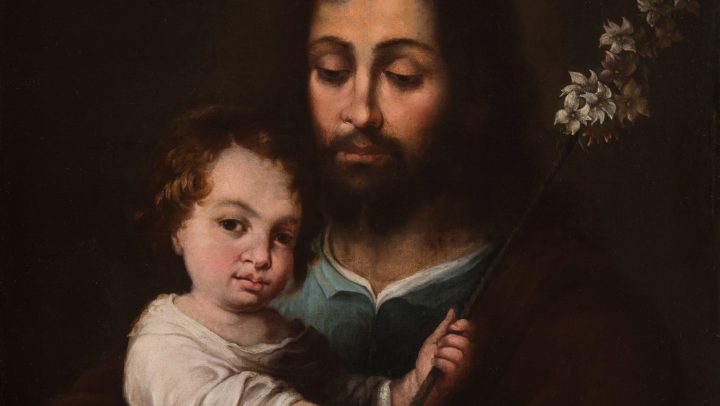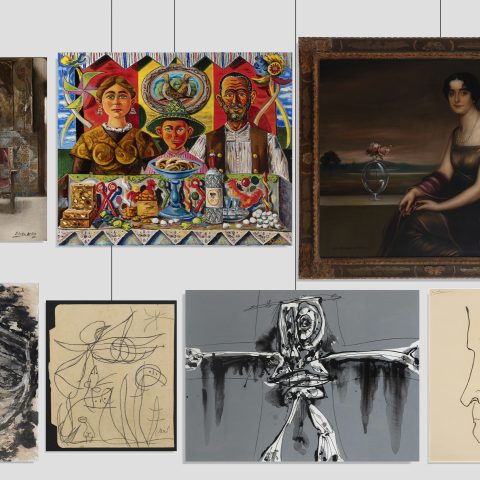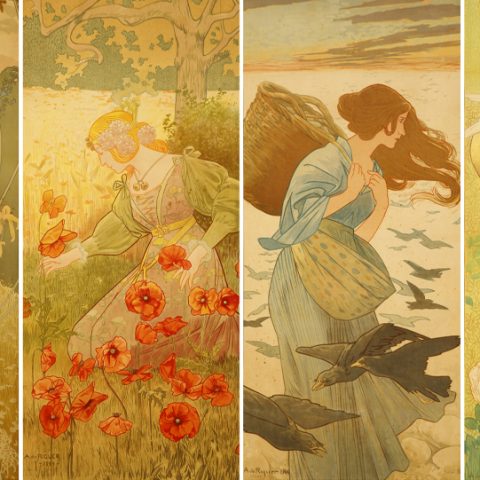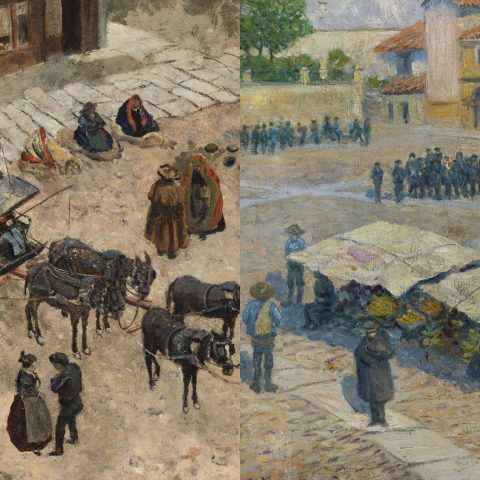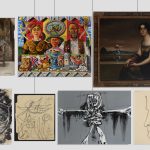There are few places in our country that are more surrounded by attraction and mystery as the Palace of San Telmo and its dwellers, the Dukes of Montpensier. These two names have always gone hand in hand with endless gossip and rumors related to power, luxury and art.

With the fall of the monarchy of Louis Philippe in France, the youngest son of Anthony of Orleans, Duke of Montpensier, and his wife the Infanta Louise Fernanda de Bourbon moved to Spain. After a first attempt to reside in Madrid, the Elizabethan government offered to move the princely couple to Seville, so as not to cause problems. The Orleans couple accepted and found in the city of the Guadalquivir and on its banks, in the San Telmo palace, not only a home, but the opportunity to create their own court and a world of their own choosing. The splendor that surrounds San Telmo lingers in the memory of any Sevillian. The opulence of its facade, as well as the size of its dimensions show that this is not a typical Andalusian palace house. The palace was renovated with the clear interest of matching that of the monarchs themselves. We must not forget that both were sons of the kings of France and Spain (Louis Philippe and Ferdinand VII) and, therefore, the contents of the palace were the result of such high inheritances and the desire for collecting and patronage of the dukes.
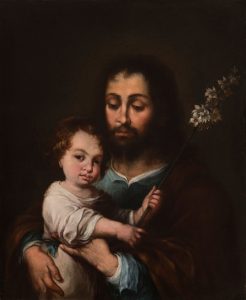
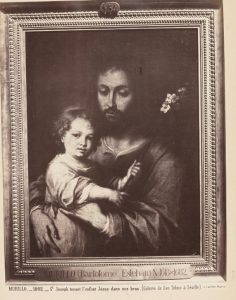
San José con el Niño, as Murillo’s workshop bid in Setdart and old photograph of the same painting in 1872 (archive of the Museo Nacional del Prado) attributing it to Murillo and coming from the collection of the Dukes of Montpensier. Exhibited at the gallery of the Palacio de San Telmo.
Since the House of Montpensier settled in San Telmo, we observed how all Seville and Andalusia in general looked to them as a reference. So much so that Antony himself promoted the coup d’état against his sister-in-law, Isabella II, in the hope of running himself as successor. The duke went so far as to finance this enterprise with his collection and the palace. Years later, the family’s dream was ephemerally fulfilled when their daughter, Maria de las Mercedes, became Queen through her marriage to Alfonso XII.

This sequence of decades full of palace intrigues, parties, gatherings and, of course, art, was the work of the Orleans-Borbon family. Inside San Telmo were the great treasures of both houses. On the one hand, there would be the famous Murillos that had belonged to the French crown, such as the Virgin of the Girdle and the Saint Joseph and Child that we present here. Other masterpieces from the royal collection also came from France, such as the portrait of Don Francisco de Moncada, Marquis of Aytona, from the Chateau d’Eu. The funds of the House of Bourbon, on the Spanish side, would be minor as they represented the Spanish crown’s own patrimony because Maria Luisa’s inheritance was no more and no less than that of King Ferdinand VII. Such is the value of this inheritance that it was not delivered upon his return from France because the state could not assume such a sum. The final decision was the annual payment of a million-dollar amount that never reached the value of this one. Let’s think that the then young Prado Museum came from the royal House and that, therefore, its content was also part of the expected inheritance.
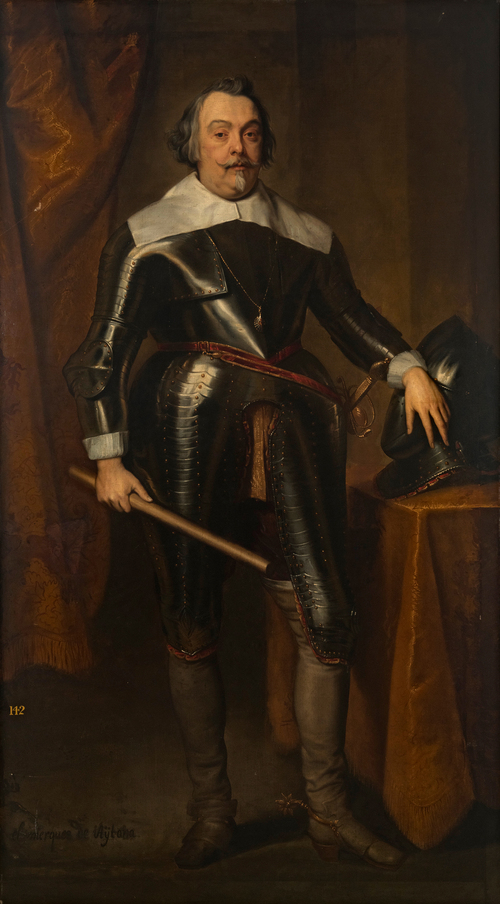
The three works presented at auction by Setdart are an outstanding example of the “small court” of San Telmo and the great period of prosperity, both economic and artistic, that Seville experienced thanks to the patronage of the Montpensier family.


